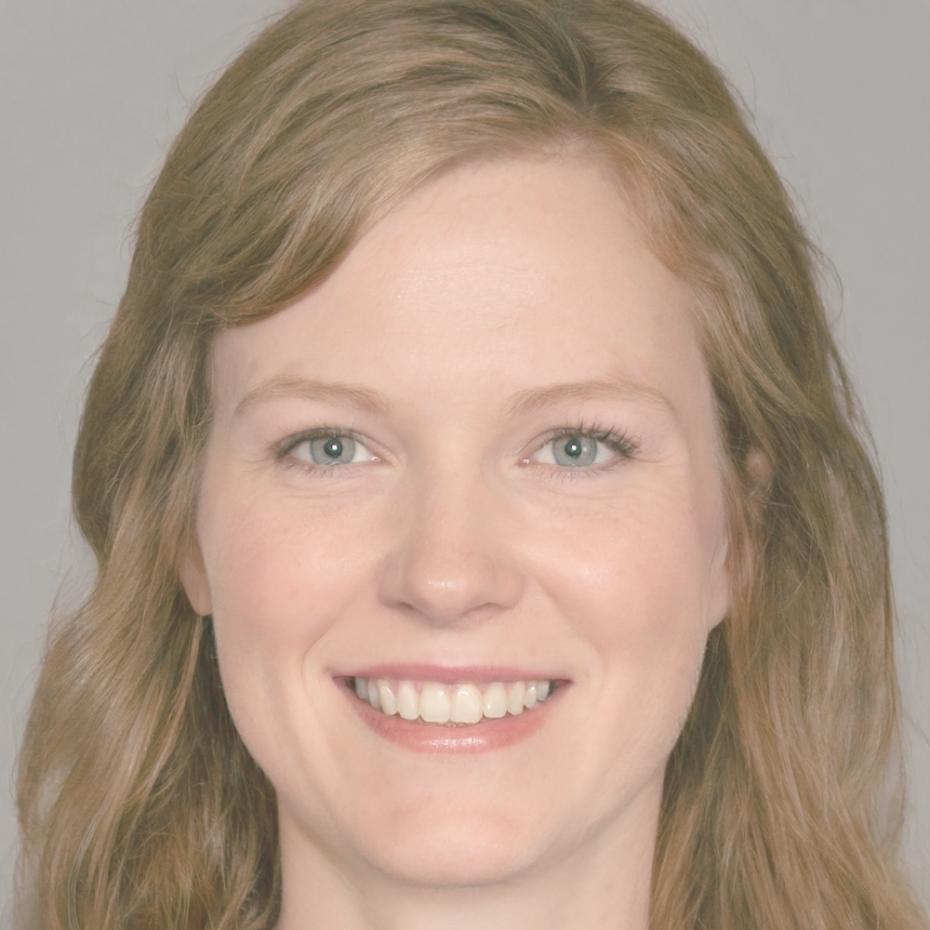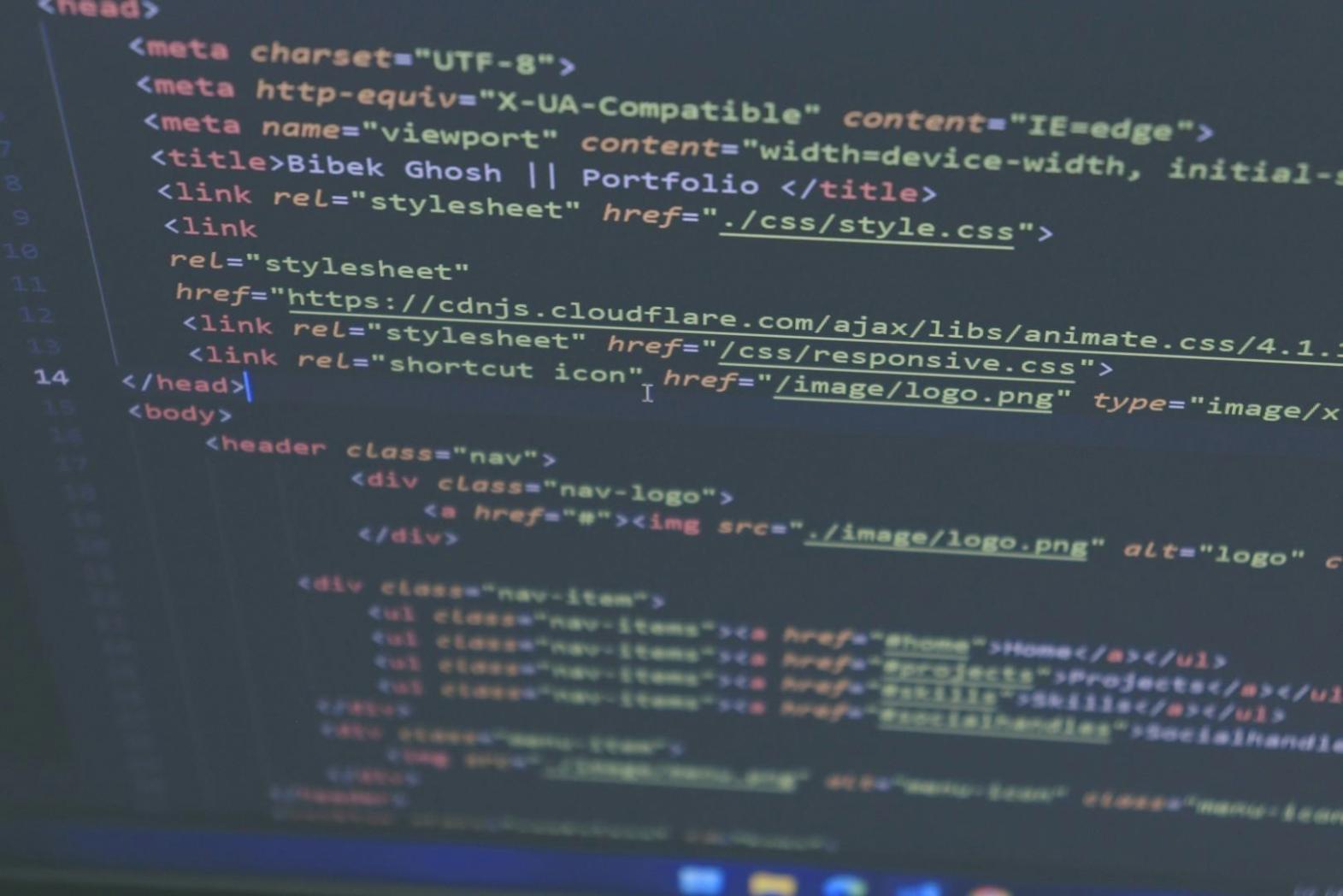Automated Testing Training That Mirrors Real Work
Build skills through actual software testing scenarios
We run a hands-on program that gets you comfortable with test automation frameworks and real debugging situations. Instead of rushing through theory, you'll spend time working with tools and code that match what companies in Hsinchu Science Park actually use.
Ask About September 2025 Start
Three Phases That Build On Each Other
Most people coming in have some programming background but haven't touched testing automation. We start there and gradually add complexity as you get comfortable with each layer.
Foundation Work (Weeks 1-8)
You'll write basic test scripts using Selenium and PyTest. We focus on understanding why tests fail and how to read error logs properly. This phase includes a lot of troubleshooting practice.
Framework Development (Weeks 9-16)
Here you build a small testing framework from scratch. You'll handle test data management, create reusable components, and learn how CI/CD pipelines actually integrate with your tests.
Industry Project (Weeks 17-24)
The final months involve working on a testing suite for a real application. You'll deal with changing requirements, coordinate with other team members, and document your work the way companies expect.
What Different Tracks Cover
We offer three learning paths depending on what type of testing interests you most. Each covers core automation concepts but specializes in different application types.
Who Teaches These Sessions
All three instructors currently work as testing engineers and teach part-time

Jaakko Nieminen
Web Testing Track Lead
Spent seven years at MediaTek working on browser compatibility testing. He's particular about teaching proper debugging methods and expects students to read documentation thoroughly.

Saoirse Doyle
API & Backend Testing
Came from financial software testing where accuracy really matters. She focuses heavily on edge cases and teaches students to think about what could go wrong rather than just happy paths.

Linnea Bergström
Mobile & Performance Testing
Works at a gaming company testing mobile releases. She knows how to explain complex performance metrics in plain terms and has good strategies for managing flaky mobile tests.
How A Typical Week Breaks Down
Classes run Tuesday and Thursday evenings plus Saturday mornings. Most students work full-time, so we keep sessions focused and expect homework between meetings.

Tuesday Evening Session
New concepts and tool demonstrations. Usually covers one specific aspect of testing automation with live coding examples.
2.5 hours, 7:00 PM startIndependent Practice
You work through assigned exercises applying what was covered. Most people spend 4-6 hours on this between Tuesday and Thursday.
Self-paced, online forum supportThursday Review
Walk through homework problems, address questions, and work on debugging issues people ran into. This session is more interactive.
2 hours, 7:00 PM startSaturday Lab Time
Open workspace where you can work on projects while instructors are available for questions. Good for tackling harder problems with support nearby.
3 hours, 10:00 AM start